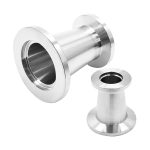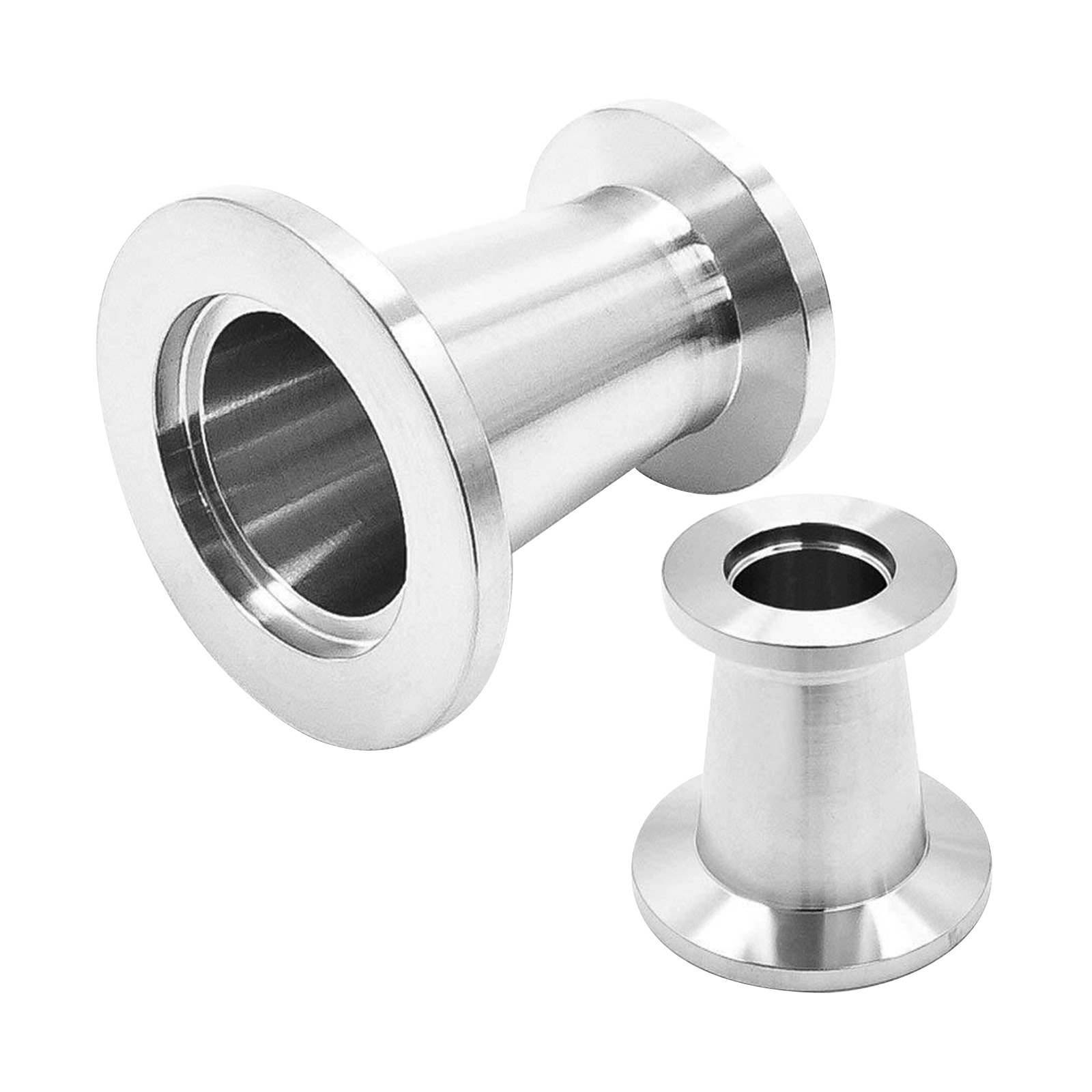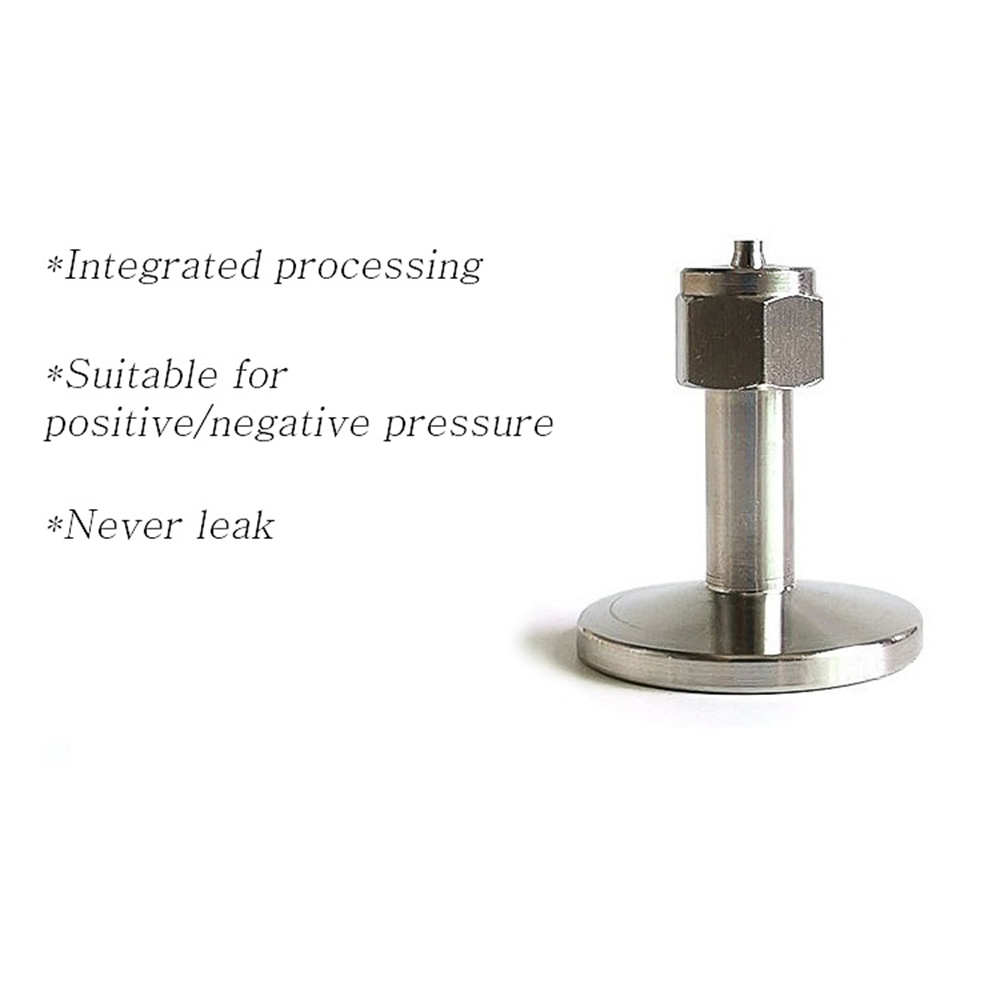
What Factors Affect Flange Sealing? What Should I do If the Flange Leaks?
There are many factors that affect flange sealing. Mainly include: bolt pre-tightening force; sealing surface type; gasket performance; flange stiffness; operating conditions.
The sealing principle of ANSI flanges is very simple: the two sealing surfaces of the bolts squeeze the flange gasket to form a seal. But it can also cause seal failure. In order to maintain the seal, it is necessary to maintain a large bolt force. Therefore, the bolts should be larger. Larger bolts are matched with larger nuts, which means that larger diameter bolts are needed to create conditions for tightening the nuts. As we all know, the larger the diameter of the bolt, the applicable flange will bend. The solution is to increase the wall thickness of the flange part. The entire equipment requires a large size and weight, which is a special problem in the marine environment, because in this case, weight has always been the main issue that people pay attention to.
However, the main design disadvantage of ANSI flanges is that no leakage can be guaranteed. This is the shortcoming of its design: the connection is dynamic, and periodic loads such as thermal expansion and fluctuations will cause movement between the flange surfaces, affecting the function of the flange, thereby destroying the integrity of the flange and causing leakage.
Flange leakage and sealing treatment
- Leakage location and situation: The connecting flange bolts on both sides of the DN150 valve body are leaking. Since the flange connection gap is very small, it is impossible to inject sealant through the gap to eliminate leakage. The leakage medium is steam. The temperature of the leakage system is 400-500℃, and the system pressure is 4MPa.
- Sealing construction method According to the on-site investigation of the leaking part, in order to achieve a limited seal, a fixed clamp method is used to enclose the leaking point to form a sealed cavity, and sealant is injected to eliminate the leak.
- Determine the structure of the fixture design:
①Include leakage points, and establish a sealing cavity between valve body flanges and pipe flange connecting flanges. In order to prevent potential leakage between the valve body and the flange due to pressure maintenance, an annular cavity is set at the connection between the clamp and the outer edge of the valve body flange for glue injection.
②Reduce the flange during the injection process, the fixture is easy to move to the small flange next to it, so the tooth contact clamping adopts restrictive measures.
- Selection and quantity estimation of sealant
(1) According to the temperature of the leakage system and the characteristics of the leakage part, select txy-18×a sealant. The sealant has excellent temperature resistance, medium resistance and injection process performance, easy to establish a uniform and compact sealing structure, and long-term stable sealing performance.
(2) It is estimated that 4.5kg of sealant is required for unilateral leakage.
- Fixture installation:
(1) Due to tooth contact, the inner diameter of the tooth tip is small. During the installation process, a circle needs to be used to knock the outer wall of the fixture to deform the tooth end and clamp the limit.
(2) After injecting the clamp, valve body and flange ring cavity into the sealed cavity, inject the intermediate cavity. During the injection process, the pressure should be balanced, and the filling and compaction should be paid attention to to prevent stress relaxation.
(3) After the sealant is cured, after the effect is observed, perform local filling and compaction to prevent stress relaxation, and then close the injection hole.







